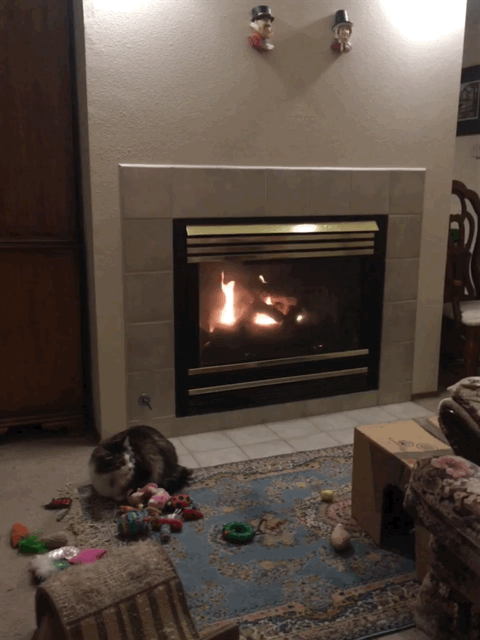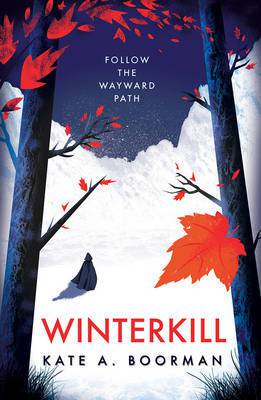
I was sixteen before I knew a dad who didn’t drive a pickup truck.
Of course, this speaks as much to my limited teenage powers of observation as it does to my rural Ohio upbringing. Still…
My dad’s life was–and is–in his truck. A dad without a truck? How else would one: haul his 84 Lumber finds to turn the attic into proper living quarters; bring home fresh-split logs–and the log-splitter–to stoke the wood stove in winter; tow a rotted shell of a boat to be restored from the ribs up–in the workshop designed and built yourself.
In my eyes, my dad was the original DIY-er, before that catchy name was put to skillful industriousness, craftsmanship, and thrift.
As such…reading award-winning Akron, Ohio, author David Giffels’ memoir All the Way Home: Building a Family in a Falling-Down House felt like going home. Cursory jacket copy summary:
With their infant son in tow, David Giffels and his wife comb the environs of Akron, Ohio, in search of just the right house for their burgeoning family…until they spot a beautiful, decaying Gilded Age mansion. A former rubber industry executive’s domain, the once grand residence lacks functional plumbing and electricity, leaks rain like a cartoon shack, and is infested with all manner of wildlife. But for a young man at a coming-of-age crossroads–“suspended between a perpetual youth and an inevitable adulthood”–the challenge is exactly the allure.
The tried-and-true tropes of female coming-of-age couldn’t be more different than those Giffels explores in this man vs. house tale. But in the reading of this heartfelt and oftentimes harrowing (as in Giffels hanging upside down out a second-story window to paint exterior trim) memoir, I completely understood his feeling compelled–even obsessed–to DIY.
If only… (sigh). I have expressed before on this blog my regret that I am a would be do-er. I regret that I am not more my father’s daughter. I took wood shop in high school, yes. I chiseled a turtle out of a block of pine, and it was a thing to behold. But, I will likely never plumb anything but the depths of a literary trope (ba, dum, dum); will never wire; will never patch a roof; or (God forbid) exterminate my house of raccoons.
As in:
“It’s a racoon. It’s trapped. I have to let it out–”
I hurried back to the bathroom and looked out the window, where I could see the flashing I’d nailed up that morning. If I climbed up and pulled it loose, I’d be attacked by a furious racoon at the top of a ladder, which is the way cartoon characters die.
I am happy there are still people, like David Giffels, who are both able to do these things and who can write about their adventures in money pit- home-ownership in a way that is wise, warm, and often very funny, like this next passage, which comes just after Giffels finds that the new contractors have hacked through a hedge (Giffels was going to preserve) to gain access to the house. “Already I was faced with a question of authority,” he says, getting at the idea of agency that drives much of this coming-of-adulthood:
Would Henry Thoreau have allowed such a thing? Would he stand idly by while punks on wave runners violated the horsepower limit on Walden Pond?
No. He would not.
Would Henry Rollins have allowed rival members of the Circle Jerks to follow behind him tearing down his wheat-paste flyers?
No. He would not.
Would Henry Aaron have backed off the plate after a fastball high and inside?
No. He would not.
This was my home. That was my shrubbery. It was time to establish my authority.
Me, I’ve owned my own money pit coming-of-adulthood home–nothing like the Giffels family manse but an 1800s Federal-style house with more soul (and necessary repairs) than my sanity or marriage could handle. It was the first home for our twin boys, who took their first steps along the house’s beautiful (if wavy) wide-planked heart of pine floors. We made good–albeit hard-won–memories there, many of which I have forgotten due to sleep deprivation (see: twin infants) and plain old repression.
But I digress… (busy wrapping gifts and making cookie dough this Christmas Eve Eve).
I’ve said it here before, memoirs are a tricky business to review. To do so feels like reviewing a life lived. And, of course, as with house reno, building a family comes with its share of unexpected losses, both of the material and the emotional kind, including, in Giffels’ case, his family’s suffering through his wife’s miscarriages.
Immensely personal losses are one reason I do not ply the art of the memoir, myself, except for my ramblings here on this blog–but we’re friends by now, right? A fiction writer, I revel in the freedom that comes with writing what I do not know. A lack of introspection? Maybe. But I like to think I write to explore.
That’s also why I read.
And that’s likely the case for you, too.
So, thanks for sticking with me and reading this review-lite of David Giffels’ first memoir. Bottom line: it’s really good. Buy it for your hipster guy friends who think they’re handy because they make their own beard wax.
Be sure to check out Giffels’ website and his second memoir, coming out in January! I’ll be reading it and chatting with the author himself in the new year.
From my (racoon-free!) home to yours, Merry Christmas. See you after the holiday~
Rebecca
Advertisements Share this today:





